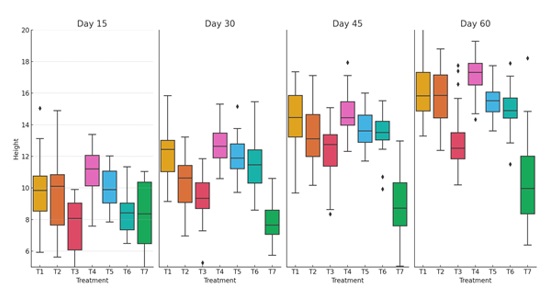Optimizing Pest Management in Sugarcane Cultivation: An Integrative Approach using Neutrosophic Statistics and Plithogenic Analysis
Keywords:
Integrated pest management, neutrosophic plithogenic statistics, agricultural sustainability, biological controlAbstract
Pest management in modern agriculture, particularly in sugarcane cultivation, faces the challenge of balancing efficacy, costs, and environmental sustainability. Among the notable pests, the spittlebug (Mahanarva andigena) emerged as a significant threat that reduced yields of sugar and other derivatives. Traditionally, it was controlled with chemical pesticides, which posed environmental and human health risks. Consequently, the study conducted analyzed alternatives by using neutrosophic statistics and plithogenic analysis. The results included evaluating factors such as product concentration, application frequency, environmental conditions, and pest resistance to determine the efficacy of treatments with entomopathogenic microorganisms. Eficax stood out as the best treatment, showing significant improvements in plant growth and a high mortality rate of spittlebugs. In conclusion, the neutrosophic statistical analysis provided an efficient and economically viable solution for responsible agricultural management.
Downloads

Downloads
Published
Issue
Section
License
Copyright (c) 2024 Neutrosophic Sets and Systems

This work is licensed under a Creative Commons Attribution 4.0 International License.






